University Report: Digital Business and New Technologies, BM562
VerifiedAdded on 2022/12/30
|7
|571
|1
Report
AI Summary
This report explores the significance of digital technologies and Artificial Intelligence (AI) in modern business, emphasizing their role in enhancing customer satisfaction, reducing costs, and improving operational efficiency. The introduction highlights the importance of technology adoption for organizational survival and competitive advantage. The summary defines AI and its applications in business decision-making, error reduction, and achieving key goals like learning and reasoning. The conclusion reinforces the importance of customer loyalty and satisfaction, and the role of digital technologies and AI in achieving these goals, along with cost reduction and increased efficiency. The application section provides a case study of Tesco, a multinational grocery retailer, illustrating how it leverages technology to improve customer experience and maintain a competitive edge. The report also includes references to relevant academic sources.
1 out of 7
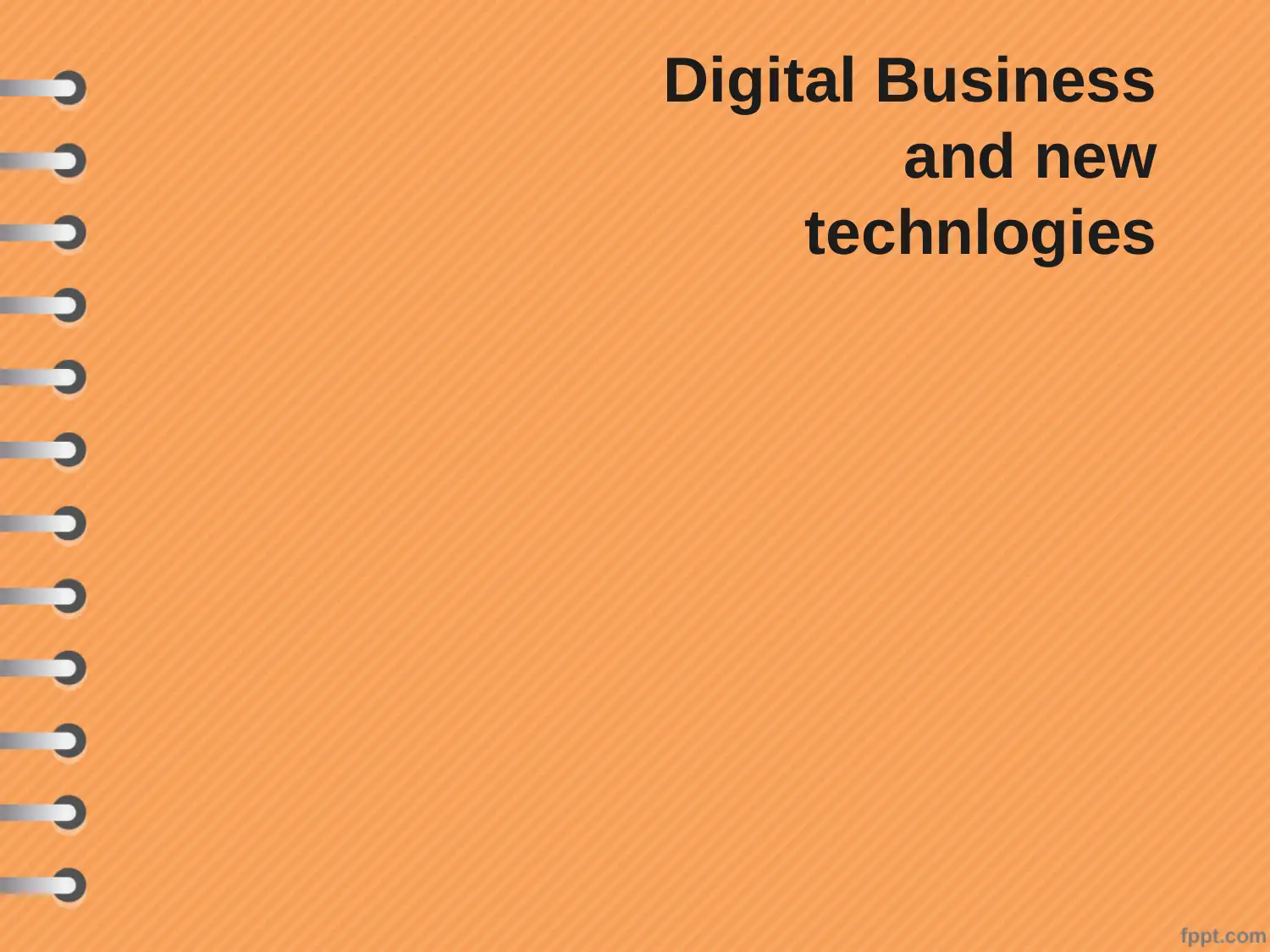
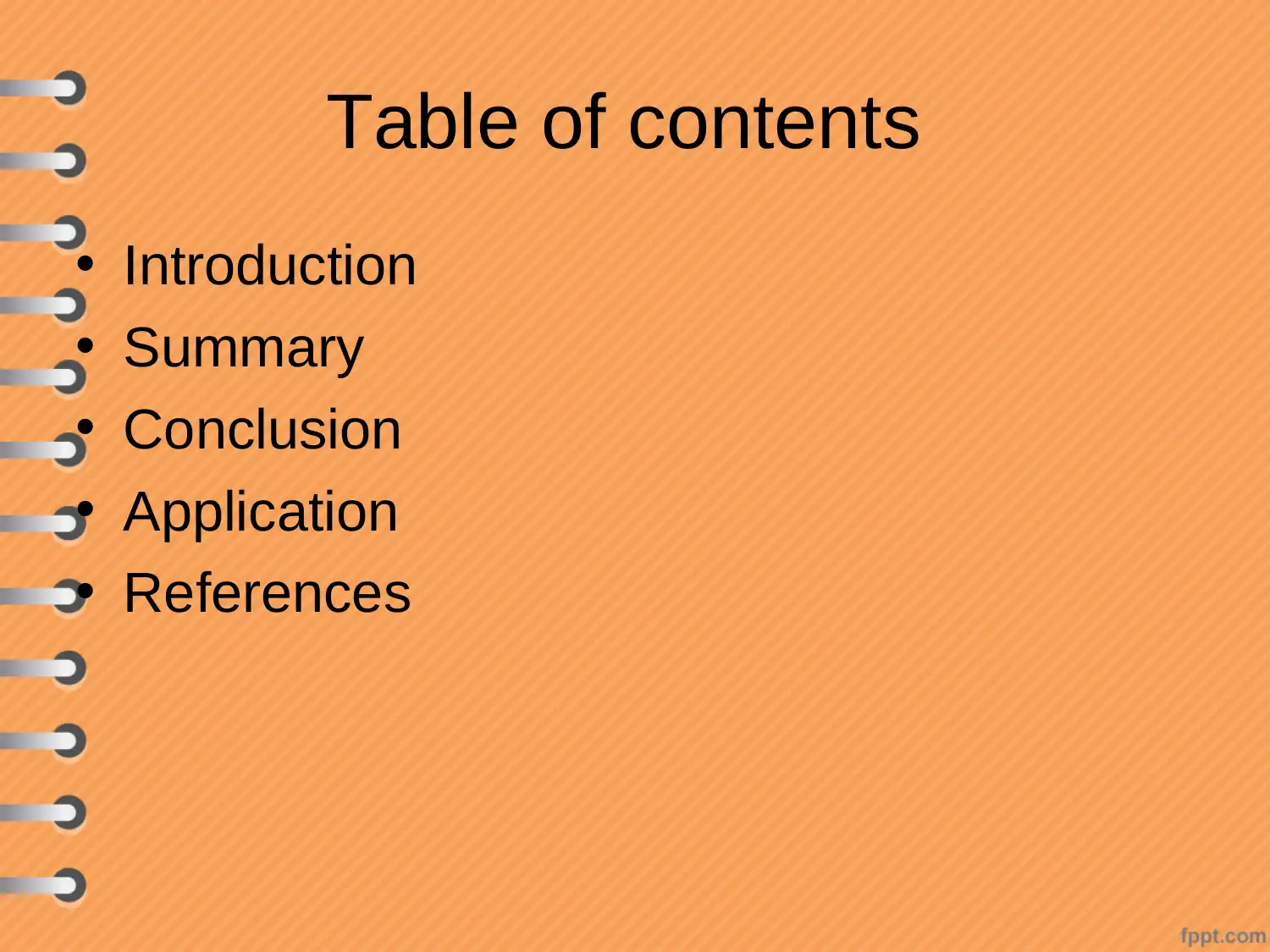
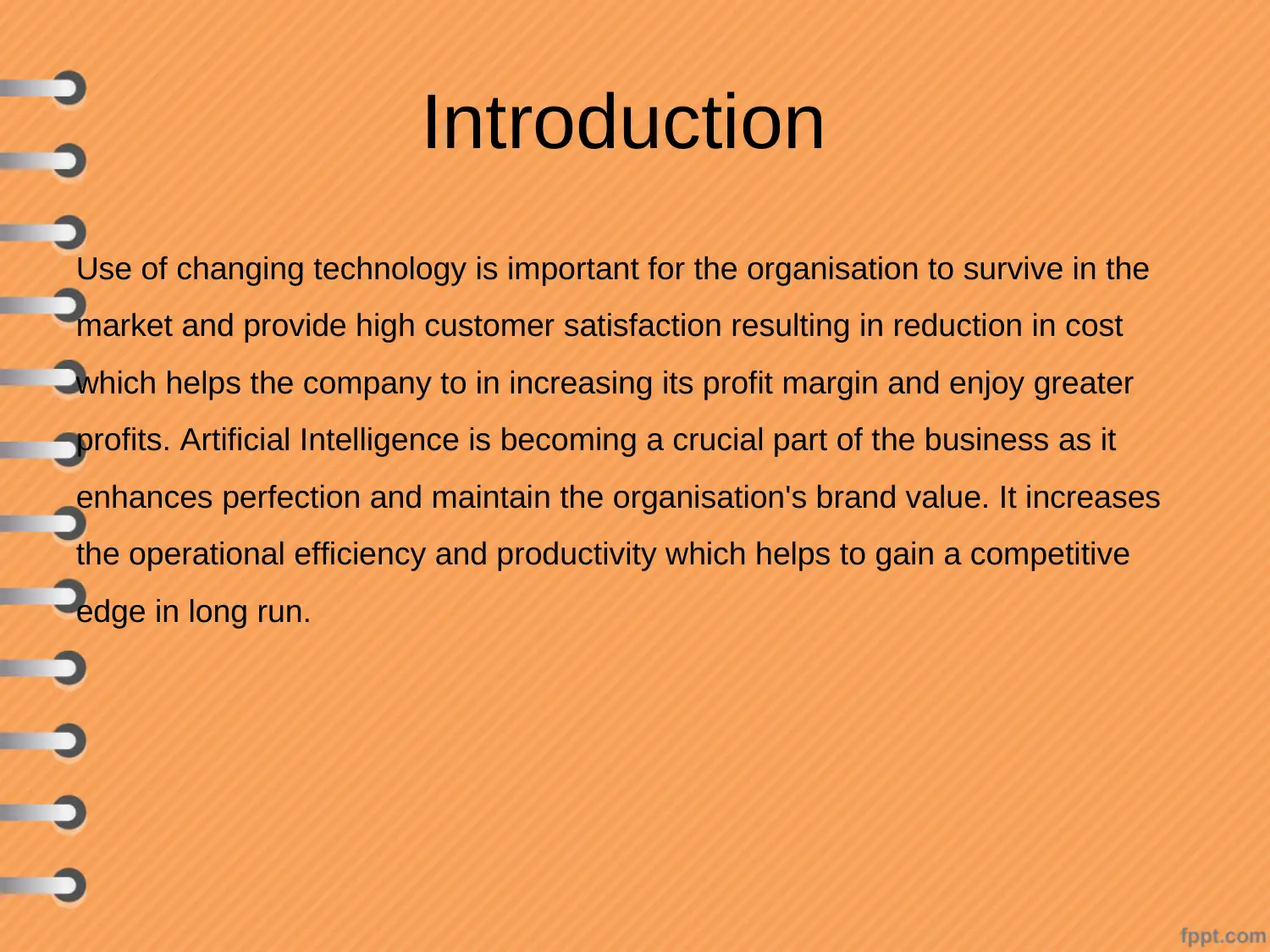

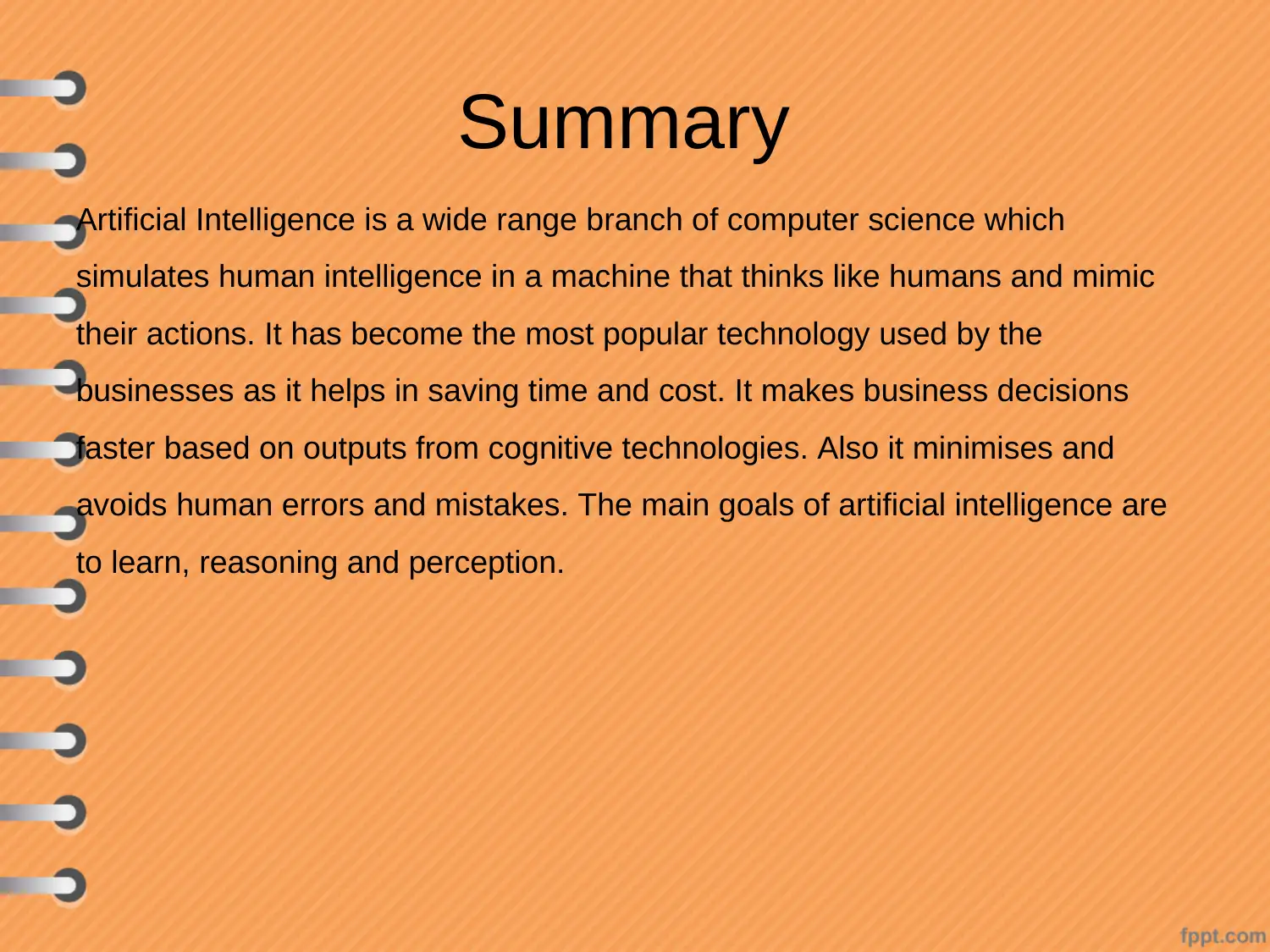
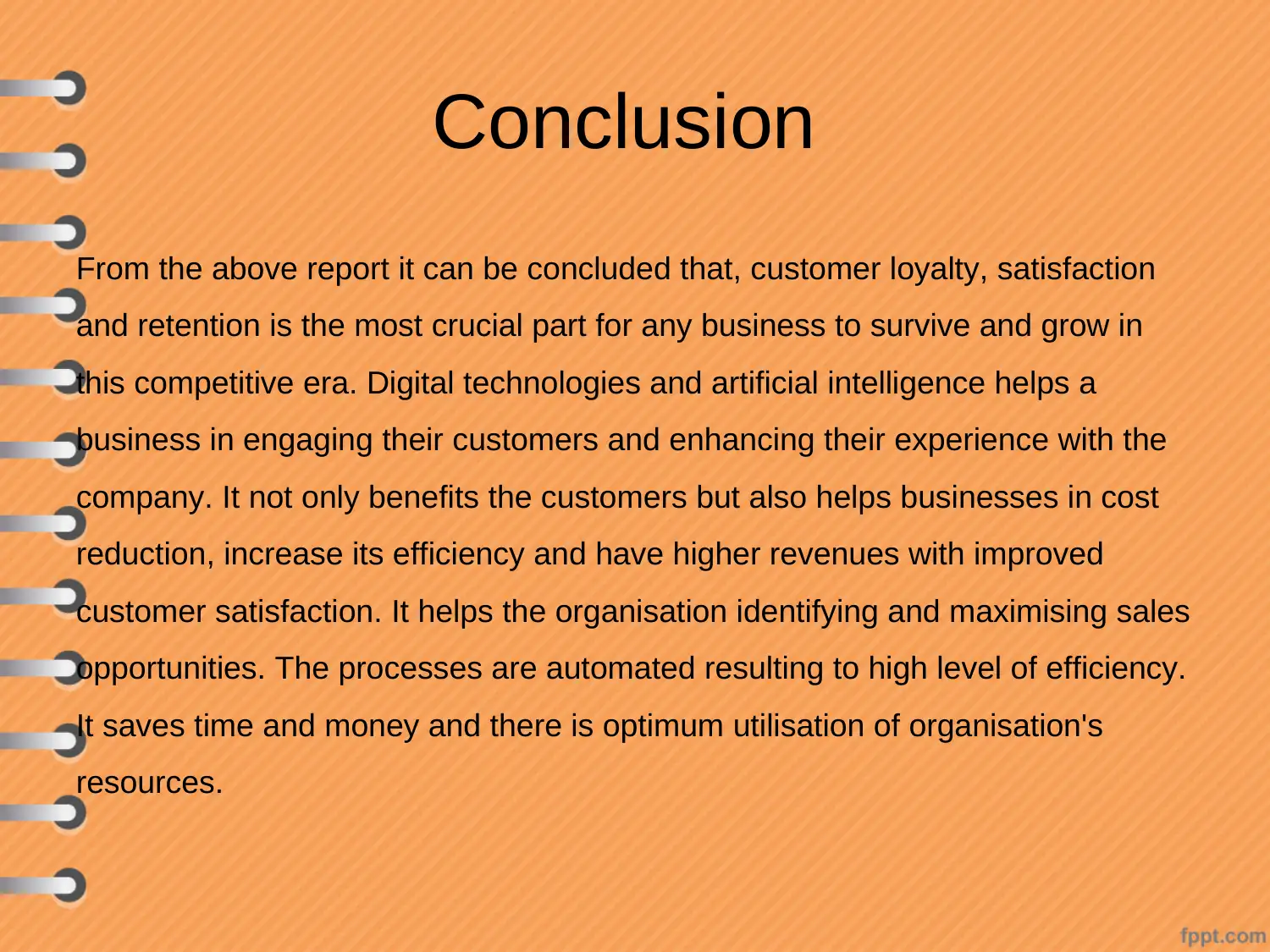
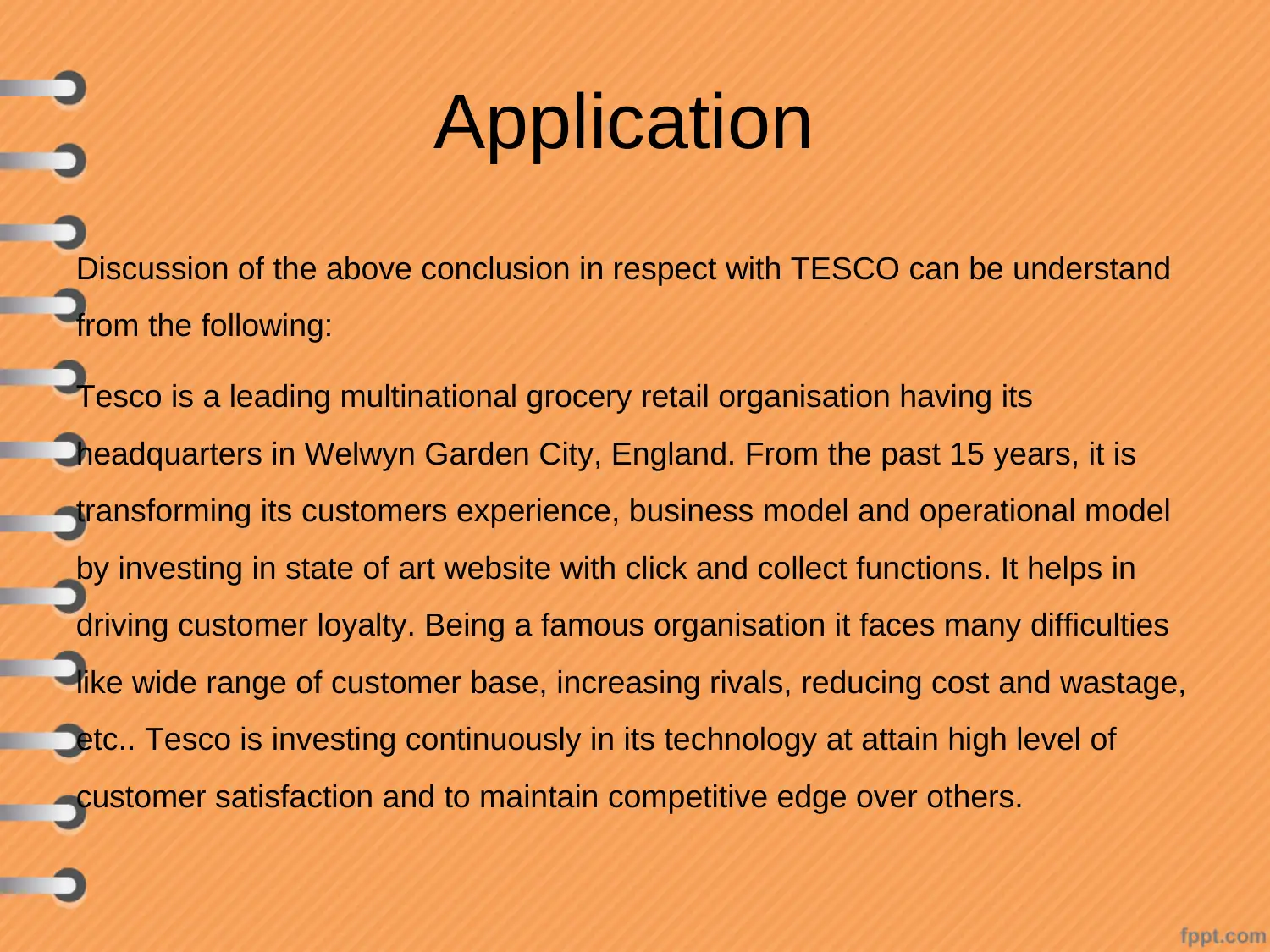
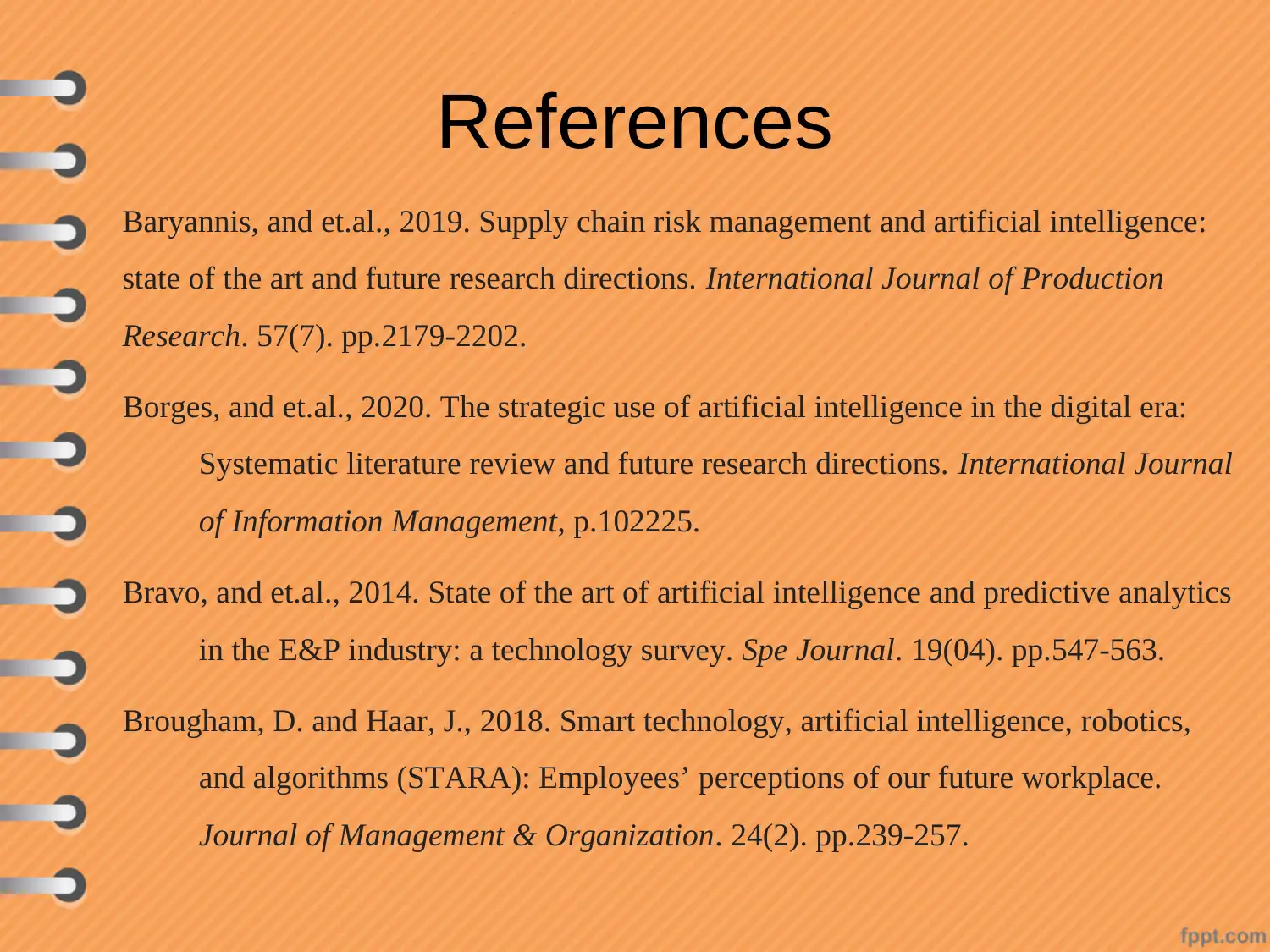





![[object Object]](/_next/static/media/star-bottom.7253800d.svg)